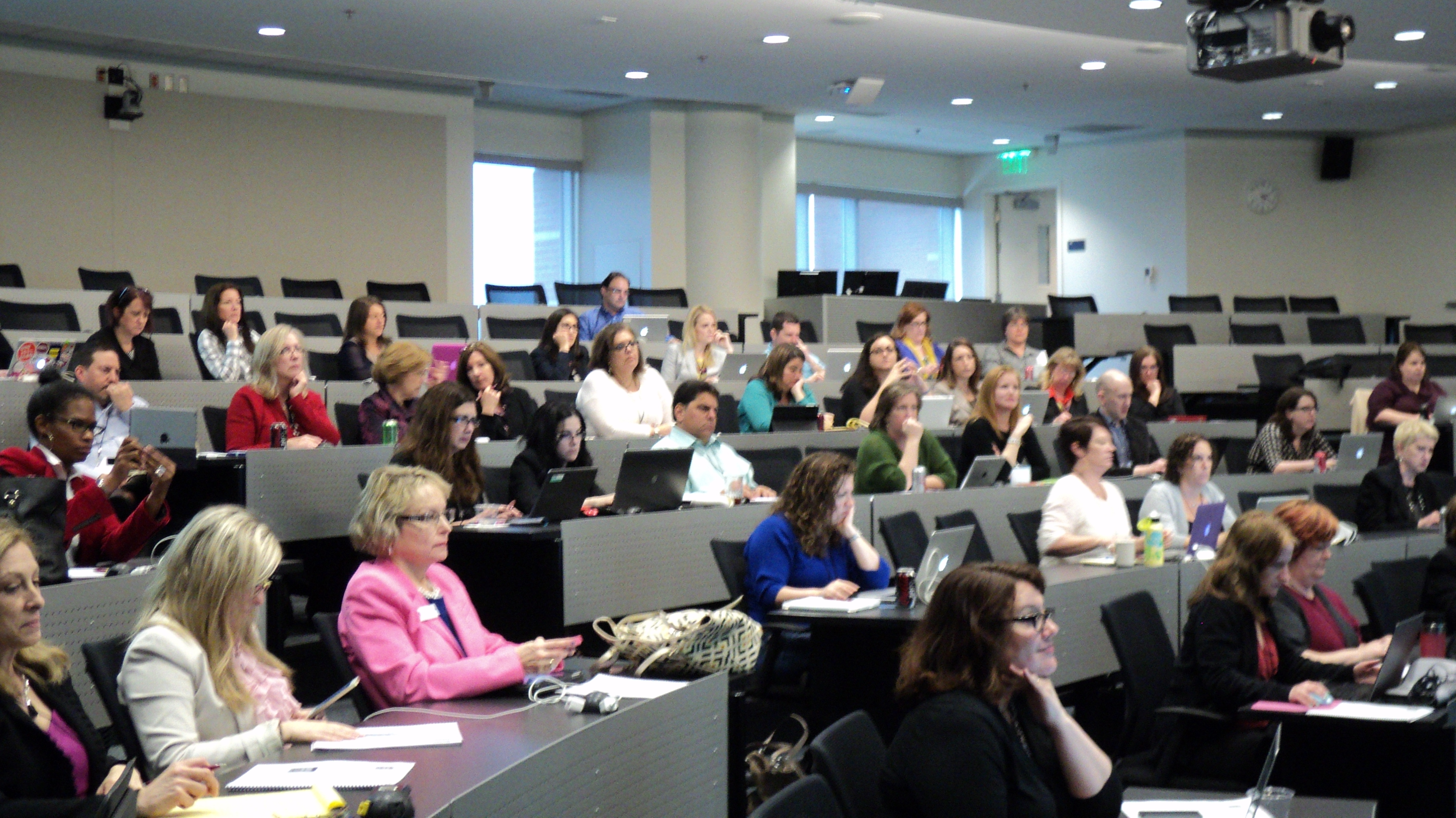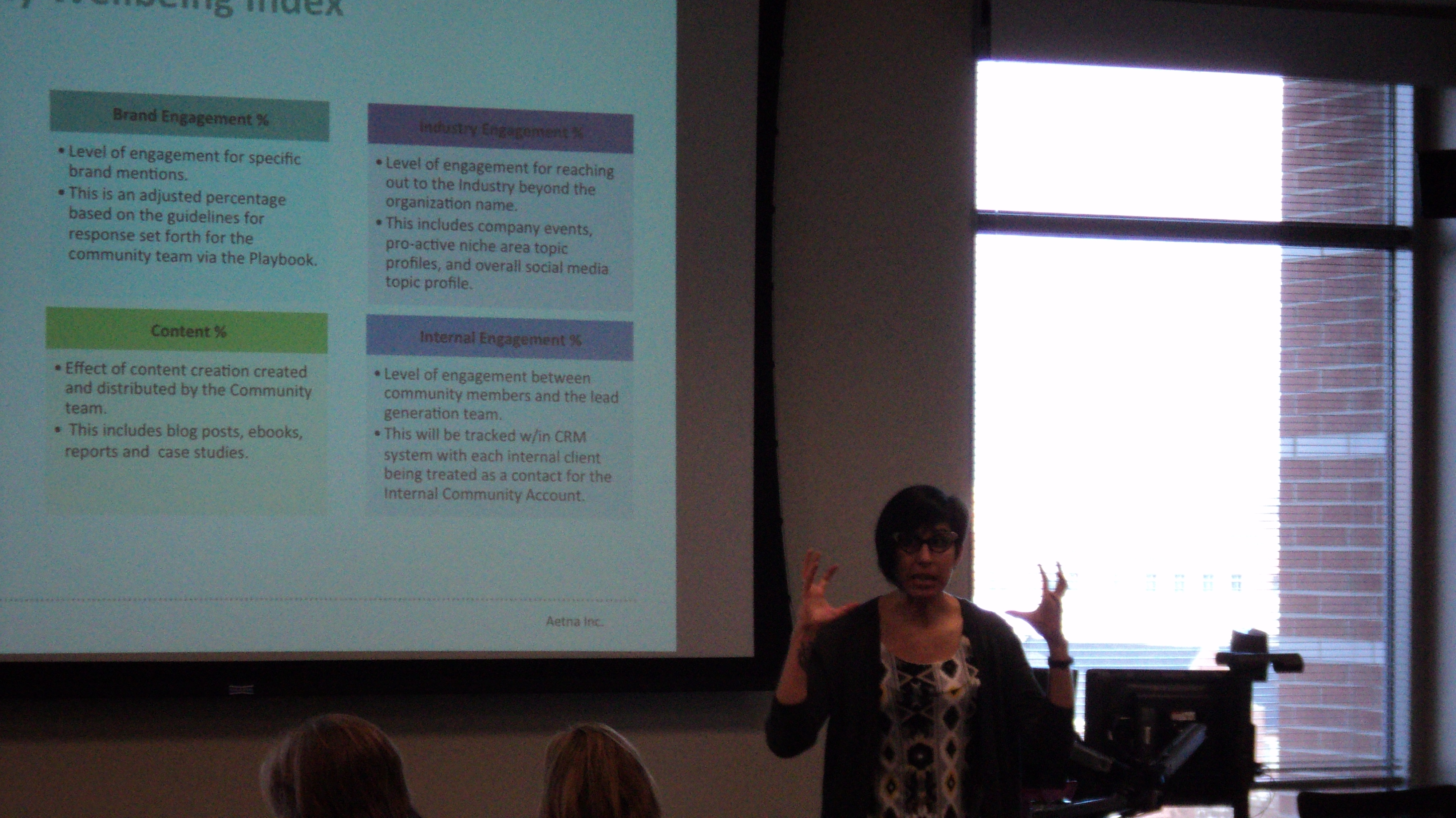The 2014 Solo PR Summit was an experience that I will forever cherish. It was billed as a one-of-a-kind event and it delivered. I have had the pleasure of working with Kellye Crane for about a year and she never ceases to amaze me with her smarts, passion and innovation.
The Solo PR Summit was truly designed for independent practitioners. Yet, what made it over the top special was the attendees. I felt like I was truly among my tribe. Everyone from the speakers to attendees was welcoming and gracious. Knowledge and tips were freely shared, and no question was too small to be answered.
The top notch speakers over-delivered on their content but they were equally engaged participants. I cannot think of another event where the speakers remain throughout the conference actively listening and participating in all the sessions. Below are a few of my takeaways from this year’s summit:
Face time is valuable. I am a big believer in continuous learning but the Summit reinforced the value of in-person events. Nothing replaces the back and forth of face-to-face communication. You are using all of your senses and I believe it facilitates internalizing what you are learning. This summit had the added bonus of lots of opportunities to break bread, raise a glass or share a moment with really smart people.
Professional development is a two-way street. As we plan our professional development for the year it is often with a view of “what’s in it for me?” We want to invest our time and resources in ways that will offer the highest return. However, the summit reminded me that professional development is give and take. I learned but I also had the opportunity to share with others. As we share our own learning is reinforced.
Iron sharpens iron. There was tremendous value in being with people who have an independent practice or small business. I was enriched in a much different way than colleagues who work in corporate settings. We operate from a similar foundation and uniquely understood the challenges of triumphs of being solo professionals. I was pushed out of my comfort zone by what others were doing (hey they’re solo and they’re doing it, so I can too!) as well as encouraged by learning that some of my practices were on target (woo hoo I’m doing it right!).
We all need a shot of truth. I am done making excuses. I have pleaded cobbler’s kids’ syndrome so often because I did not put myself and business on my own agenda. Thanks to Shelly Kramer I now think “shame on the cobbler for neglecting his own when they should have been the best-heeled children of all!” Our own “house” should reflect what we offer to others. It is no longer humorous to plead “too busy with client work” as an excuse for not actively doing what I preach to others.
Event organizers deserve combat pay. I had a seat behind the curtain and had the chance to see the myriad of details of pulling off a 2-day conference. I have been involved in facets of event planning but it pales in comparison to what Kellye Crane had to do to make the 2014 Solo PR Summit a reality. I have a new respect for people who are so passionate about enriching others that they tackle the task of organizing an event. There are so many details to be tended to and even with careful planning there are a multitude of things that can and do go wrong.
I highly recommend getting outside of your silo and investing in professional development. Even when you think you know it all, you have the opportunity to learn more. I further encourage you to add at least one in-person learning opportunity each year. Go with a sponge mindset ready to absorb all that you can. The investment you make will pay off in your business many times over.
How about you. what’s on your professional development calendar this year? What do you most value about in-person events?
Read these other posts about the Solo PR Summit:
- The 7 Commandments of the Solo PR Summit
- Wildcards, Snowballs and Other Key Takeaways from the Solo PR Summit






